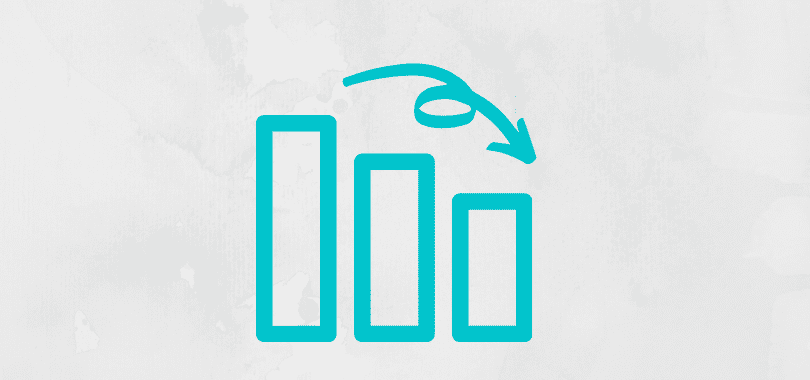With the rising cost of tuition, most families in America take federal and private student loans to cover these costs. As a result, the majority of students graduate with thousands of dollars in student loan debt. While this may be unavoidable, there are things you can do to reduce what you owe in student loans.
1. Utilize free sources of money first
Scholarships and grants are the two biggest sources of free money.
FIND SCHOLARSHIPSScholarships are awarded on merit and are the single best way to get free money for college. You may have to work towards winning the award money but whatever you win is yours to keep. You don’t have to return it. What’s more, there’s no limit to the number of scholarships you can apply to or the amount of money you can win. When you’re looking for ways to reduce student loan debt, it’s worth spending time researching and applying for scholarships.
Grants are need-based awards offered by the federal government. There are a couple of different types of grants. They vary significantly in terms of qualifying criteria and the amount of aid you can get. You have to file the Free Application for Federal Student Aid (FAFSA) to qualify for federal grants.
2. Only borrow what you need and no more
It can be tempting to borrow a little more than what you actually need just in case something comes up. This is a big mistake. Interest accrues on every last dollar that you borrow. When you borrow more than what you need, the extra interest adds up, increasing your student loan debt significantly. Make it a rule to only borrow what you need and no more to reduce your debt burden.

3. Use your federal student loans before taking private student loans
In addition to scholarships and grants, the federal government also offers loans to help cover the cost of tuition. Federal student loans have a lower rate of interest and more flexible repayment terms as compared to private student loans. If you still need funds after exhausting your free resources, apply for federal student loans first. Private student loans have higher interest rates should be your last resource.
4. Enroll in a less expensive school
Tuition fees vary considerably among schools. What’s interesting is that many lower-priced colleges offer as good an education as the higher-priced colleges. Their facilities are just as impressive. When choosing between two colleges offering the programs and facilities you’re looking for, consider the less expensive option. This will reduce your student loan debt right at the outset. You’ll be glad you made this choice when you graduate with lower debt than your peers.
Alternately, consider completing the first two years in community college and then transferring to a four-year degree. The lower fees could save you thousands by way of the lower accrued interest.
5. Start making payments while you’re still in school
Student loans repayments start six months after graduation day. This is to allow you to focus on your degree while you’re in college. However, interest on the loans start accruing from the day the funds are disbursed. They keep accruing right through until the loan is paid back in full. This means, by the time repayments officially start, a few thousand dollars in interest will be added to the amount you borrowed.
You can reduce this accrual of interest by making payments while you’re still in school. Whenever you have any extra cash, put it towards prepaying your student loan. This reduces the principal and also reduces the amount of interest that accrues, effectively minimizing your overall student loan debt.
6. Setup auto pay to make your monthly loan payments
Setting up auto pay is the simplest way to reduce your student loan debt. Auto pay automatically transfers the payments from your checking or savings account to the lender on a specified date every month. This has two major benefits.
Most lenders offer a 0.25% rate reduction to borrowers who set up auto pay. This may not seem like much but it adds up over the life of the loan.
The second benefit is that it reduces the risks of delayed or missed payments, which can add late fees and interest to your total debt. With auto pay, the money is transferred automatically every month on the specified date. You don’t have to worry about missing deadlines. The only thing you need to make sure is that you have enough funds in your account to cover the repayments.
7. Pay more than your scheduled monthly payments when you can
Your lender will have set your minimum monthly payments when giving you the funds. While you cannot pay less than the set amount, you can pay more. If you have the extra funds, it’s a smart idea to put it toward paying off the principle, The more money you put toward the principle, the sooner you’ll pay off the debt. And the sooner you pay off the debt, the less you’ll pay in accrued interest.
8. Consider student loan refinancing if you have good credit
Refinancing allows you to exchange your current loans for a new loan with different terms and a new interest rate. If you have good credit, you will qualify for a lower interest rate when you refinance. This will reduce your student loan debt significantly.
You can refinance student loans multiple times, which is a smart strategy if you can get lower interest rates every time. Remember, even a marginal drop in interest rate may be worth it as the savings add up over the loan term.
Use College Raptor’s free Student Loan Finder to compare lenders and interest rates side by side!



